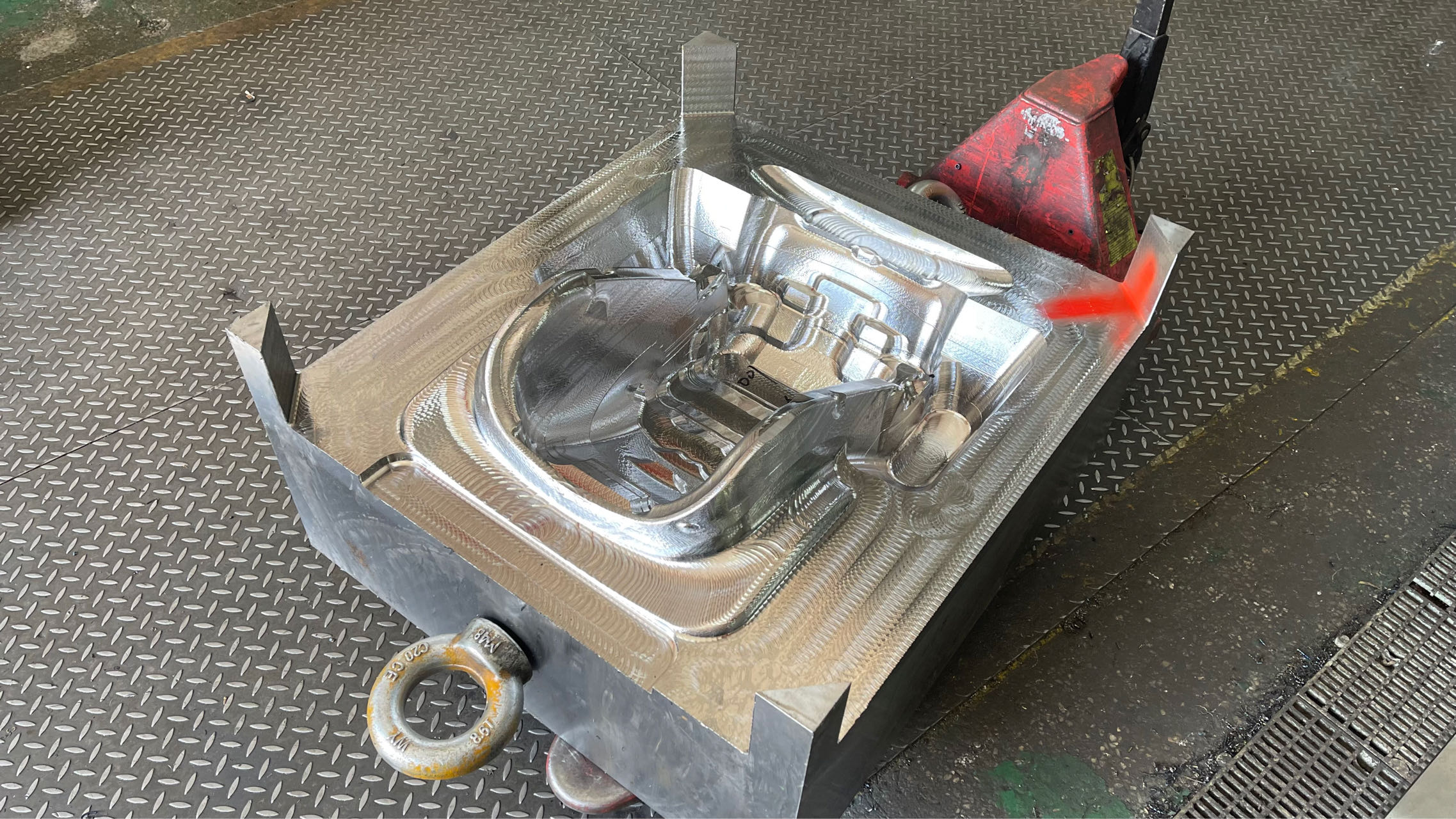Understanding Mold Parts and Their Significance
Mold parts play an indispensable role in the manufacturing industry, particularly in sectors like automotive, electronics, and consumer goods. These components are the backbone of the injection molding process, enabling the creation of intricate designs and uniform products. But have you ever thought about how much precision and craftsmanship go into designing these mold parts? The evolution of mold technology is a fascinating journey that has reshaped manufacturing paradigms.
The Components of Mold Parts: What to Know
When we dissect the anatomy of a mold, several key elements emerge. Each part serves a particular purpose, contributing to the overall functionality of the mold. The core and cavity are two of the most vital components; they work hand-in-hand to form the desired shape of the final product. Additionally, other elements like ejector pins, cooling channels, and support plates dramatically influence the quality and efficiency of the manufacturing process. Isn't it astonishing how these seemingly simple components can create something so complex?
Mold Designing: Technology and Tools
In today’s fast-paced manufacturing landscape, the design of mold parts requires advanced technology. Computer-aided design (CAD) and computer-aided manufacturing (CAM) systems have revolutionized how designers and engineers approach mold development. These tools facilitate precise modeling and simulation, allowing for adjustments before any physical production occurs. Moreover, the integration of 3D printing in prototyping is a game-changer. It drastically reduces lead times, paving the way for a more agile manufacturing ecosystem.
Material Selection: Finding the Perfect Fit
Choosing the right materials for mold parts is not merely a formality; it's a critical decision that can influence the end product's integrity and lifeline. Common materials include steel and aluminum, each with distinct properties tailored to various applications. For instance, steel offers durability and longevity, while aluminum provides excellent thermal conductivity. When undertaking a new project, one must ponder: What characteristics will be most beneficial for the specific application? The answer lies in thorough research and understanding of material properties.
The Importance of Maintenance in Mold Longevity
Just like any sophisticated piece of machinery, mold parts require regular upkeep to ensure optimal performance. Neglecting maintenance can lead to costly delays and compromised quality. Techniques such as regular cleaning, inspection, and lubrication can extend the lifespan of the mold significantly. Maintenance is not just a chore—it's an investment in product quality and operational efficiency!
Challenges in Mold Production and Solutions
The pathway to excellence in mold manufacturing is fraught with challenges. From dimensional inaccuracies to material defects, issues can arise at any stage. Fortunately, addressing these challenges involves a blend of experience and technological innovation. Employing quality assurance methodologies and real-time monitoring during production can mitigate many common pitfalls. Think about it: wouldn’t it be better to prevent problems before they escalate?
Emerging Trends in Mold Technology
As the manufacturing landscape continues to evolve, so do the technologies driving mold production. Industry experts are now exploring opportunities in smart manufacturing and automation. From AI-driven design processes to automated inspection systems, the possibilities are endless. Could these advancements spell the future for mold parts production? Only time will tell, but one thing is certain: staying ahead of the curve is essential for maintaining a competitive edge.
Conclusion: Embracing the Future of Mold Parts
In the rapidly advancing world of manufacturing, understanding the complexities of mold parts is paramount. Armed with knowledge of design processes, material selection, and maintenance best practices, Korean manufacturers can enhance efficiency and product quality. As new technologies continue to emerge, a proactive approach will be vital in adapting to changes and leveraging these advancements. It's an exciting time in the industry—embrace these developments, and who knows what heights your business could reach!

